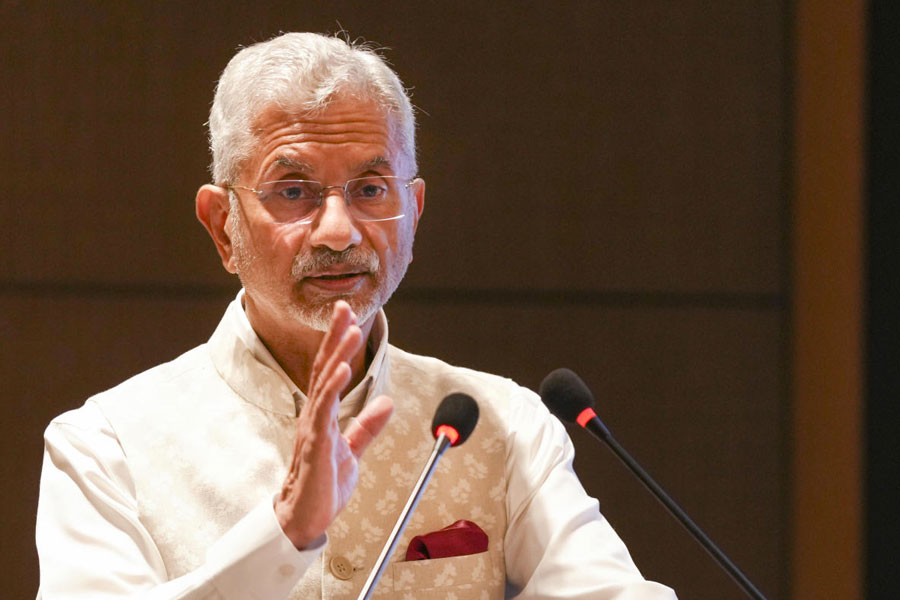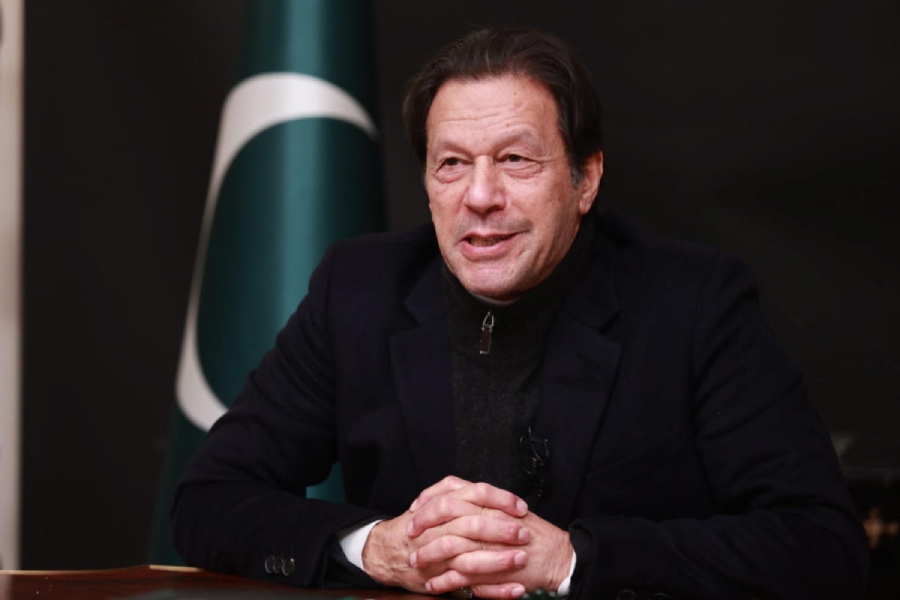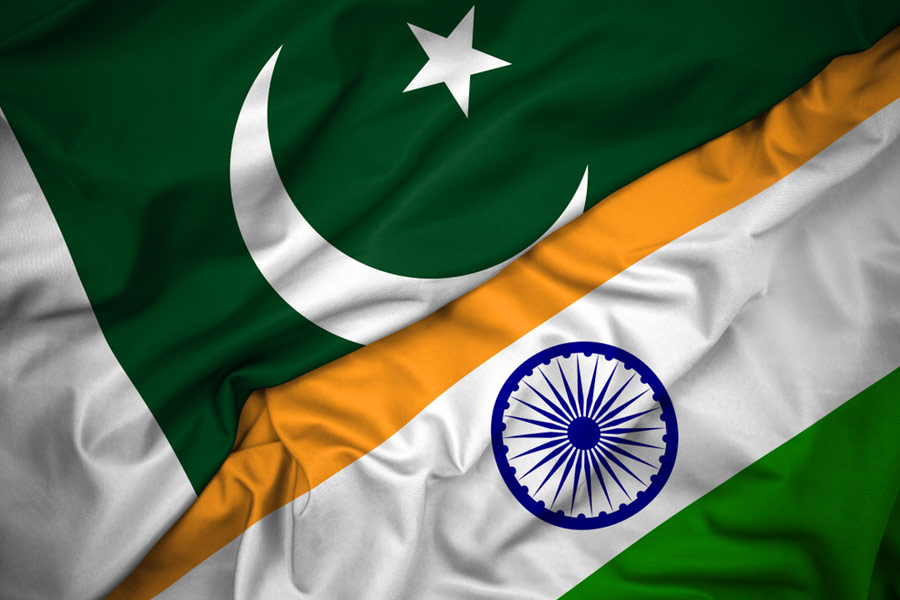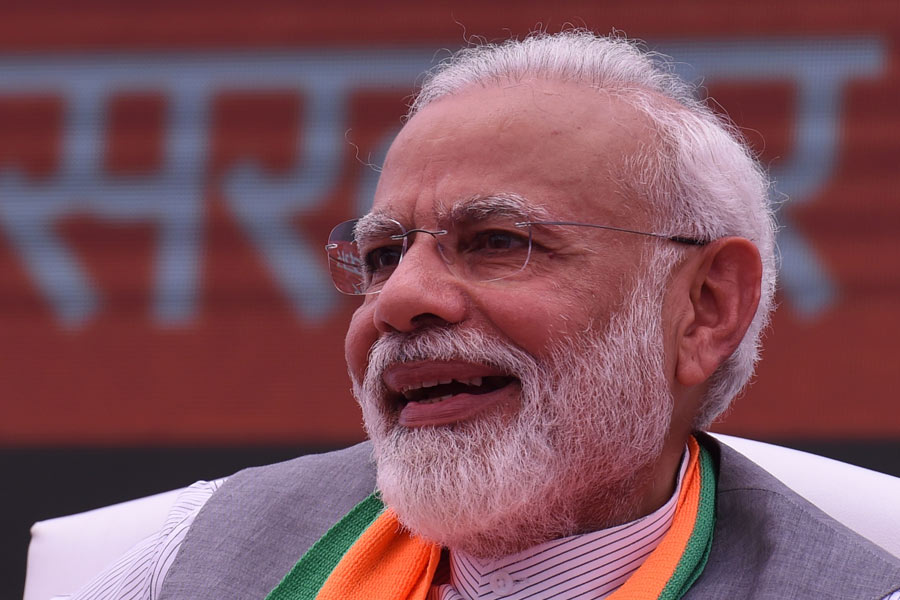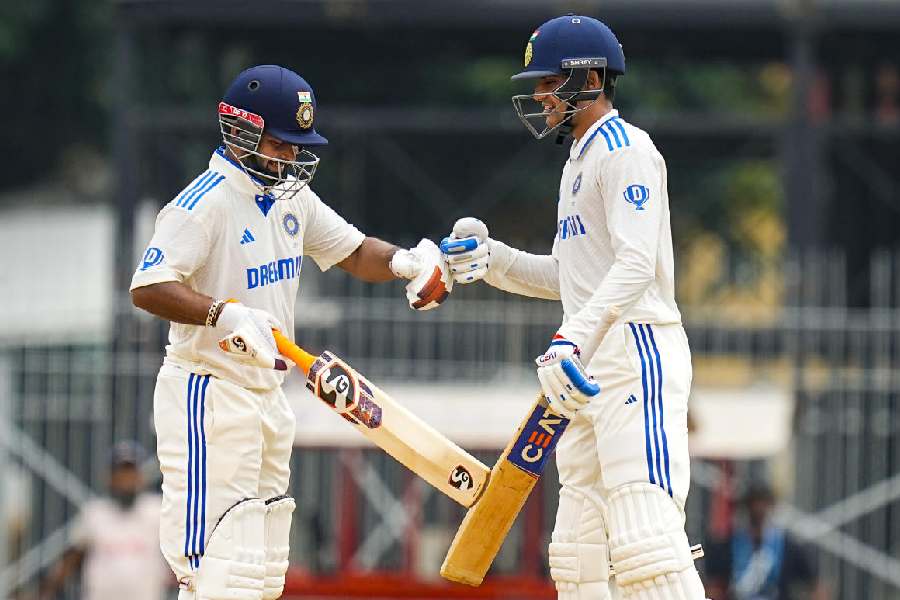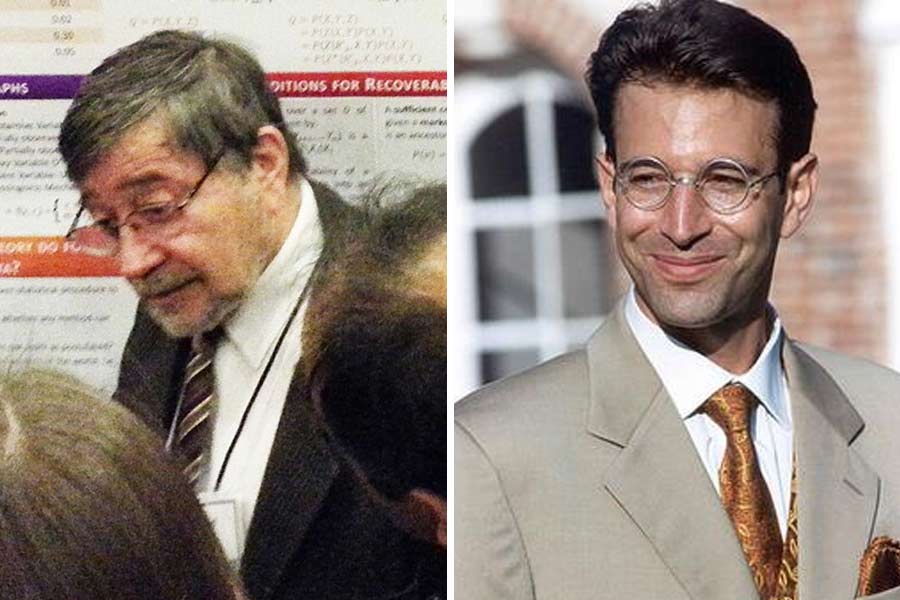|
|
Monuments, Objects, Histories: Institutions of Art in Colonial and Postcolonial India
By Tapati Guha-Thakurta,
Permanent Black, Rs 1,095
Late last December, a 5th-century Gupta artifact vanished from the Indian Museum in Calcutta. This happened apparently in broad daylight, while the building was still full of the year-end revellers for whom a visit to the jadughar is as much a part of the holiday itinerary as the zoo. After a few days of desultory search by the state police, ending in one controversial arrest, the even more controversial CBI stepped in, together with the CISF, to guard over what remains of the ?national treasures? housed here.
How is this piece of news relevant to a review of a book on India?s ancient monuments and art objects? For one, and quite obviously, this event encapsulates the ?ennui? that has set in in the museums, once vibrant centres of the study, and creation, of the Indian past. It illustrates the ?indifference? of both the official and the scholarly establishments, and the seeming irrelevance of the priceless antiquities to the nation?s public life. There are also the continuing problems with their ?inappropriate? viewership ? one that keeps looking at the artifacts with the same ceaseless wonder with which it views a deformed embryo preserved in formaldehyde ? and with the unresolved tensions over the guardianship of the nation?s heritage.
But these are not the only elements that make up the problematic ?present? for Tapati Guha-Thakurta, who also places this apparent lack of interest in India?s art and archaeology alongside an inexplicably heightened interest in them and their selective use in order to produce what she calls ?a corrective history of the Hindu nation?. So instead of a nostalgic exercise, she does what she says is a ?critical stocktaking?. This stocktaking is not merely of the evolution of the spheres of art and archaeology in colonial and postcolonial India, their compelling narratives, their role in the formation of a ?national? identity, and, through all that, the formation of the hegemonic claims of the postcolonial nation.
This is, of course, a major concern that takes up the first three-and-a half parts of the book. Its trajectory is followed exhaustively through the dusty trails of James Fergusson and Alexander Cunningham, the two pioneers under whom Indian archaeology took shape as a scientific and professional discipline. Then there are the ?native? inheritors of their monumental work, Ram Raz and Rajendralal Mitra, who mature into self-righteous scholars with a budding awareness of a ?national past?. The flowering of this consciousness in Bengal was embodied in the indomitable persona of Rakhaldas Banerjee, and it culminated in the nationalism of Abanindranath Tagore and his unique art movement. Together with this broad narrative runs, in bits and pieces, the story of the Indian museums, their transformation from being mere storehouses into institutions that impart public knowledge, and symbols of the nation?s glory.
But more than anything else, Guha-Thakurta?s ?critical stocktaking? is of the scientific or objective scholarship of history itself ? its insularity, its exclusionism and its blindness, which she attempts to expose in the last section. This, she writes, is where the ?heart? of her book lies. In the last two chapters she shows how the furore over M.F. Husain?s naked goddesses and the Ayodhya controversy laid bare the inherent tensions in the archaeological and art-historical discourses of modern India. In the first of the two chapters in this section, she tries to find an explanation of the public condemnation of Husain?s nude paintings in the mid-Nineties, while the erotic temple sculptures of Khajuraho were being celebrated with a festival. She explains this by showing how the canonization of the seductive female figure (epitomized in, say, the luscious Didarganj yakshi) as a motif of India?s artistic heritage failed to hide the anxiety and unease about female nudity despite its much-argued religious, spiritual and aesthetic associations. These associations were made over and over again in scholarly and lay interpretations of the nude, and sometimes copulating, figures in temple sculptures.
The second chapter studies the contending popular histories of the Ramjanmabhoomi and Babri Masjid site, and of Bodh Gaya. The contending parties in the former were Hindus and Muslims, and in the latter, Hindus and Buddhists. These popular histories, often endorsed by professional historians, frustrate and mock the rigorous discipline of the historian?s craft. ?This other domain of myth and history,? Guha-Thakurta accepts, ?can no longer be figured as a space on the outside. It exists as a nether zone within the invoked fields of history and archaeology, disrupting the properties of their methods and procedures, challenging their evidentiary logic, refusing to keep apart proven fact from imagined truths.?
This echoes a larger realization in the fraternity, heightened by the events since Ayodhya, to rethink ?history-writing? by including the ?popular? in order to produce a more truthful and ethical history. It is this glass wall separating the scholarly and the popular that gives interested social forces, and even academic history itself, the chance to manipulate and appropriate collective memory.
Guha-Thakurta pleads for this introspection, particularly in art history, which, she thinks, has remained happily oblivious of the ways in which ?it has cast and created its objects of knowledge?. Art history has failed to reflect on the way it has overridden regional, subnational and communal identities, and smothered popular memories to emerge as the ?embodiment of the nation?. The Didarganj yakshi?s journey to being the icon of classical Indian art, the travelling emissary of India abroad, and then back to her dust-filled abode in the Patna museum took this tortuous route. Her fate of being the object of popular worship was overwritten when she was ?rescued? from her ?illegitimate? claimants and hoisted in the Patna museum after a long hiatus that saw her flitting from one museum to another, from one Indian exhibition to another. She remains in Patna now, but uncertain of whom she belongs to ? the small community of scholars, officials or connoisseurs who assigned her her ?value? or the masses who bring her either a ?curious gaze or a totally improper obeisance.? Who knows, had it not been for her being made to embody the quintessential Indian feminine, she could have had an eventful journey into oblivion, like the Gupta head in the Indian Museum.
Monuments, Objects, Histories binds within its covers decades of what must have been backbreaking work in museums, archives and galleries. It may even have brought us closer to ?truthful history?. But can this introspective mood in the history establishment guarantee that the revised books on Indian antiquity that children will now read in schools will cease to bear the smell of decay that one associates with our museums?



